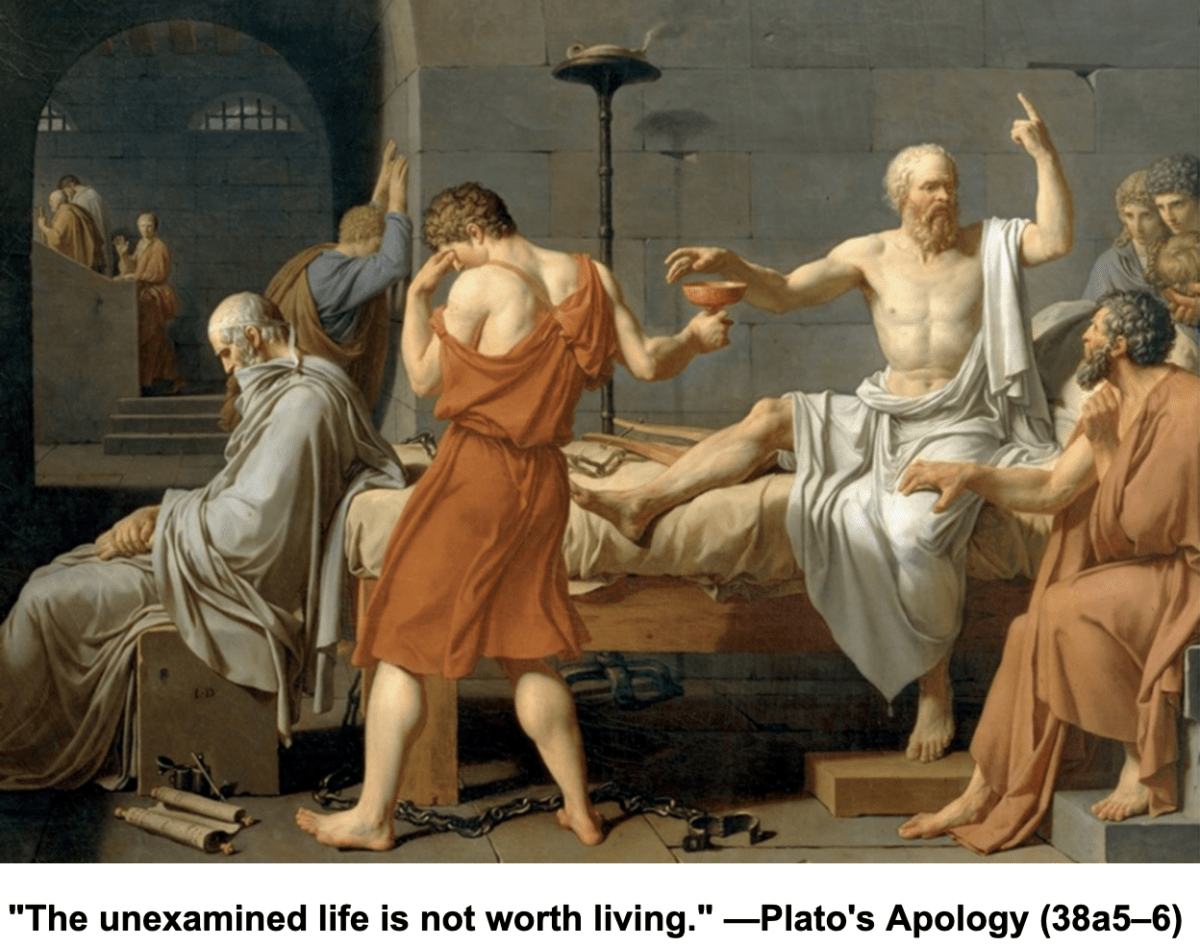The majority of biblical scholars believe the infancy narratives found in Matthew and Luke are ahistorical (i.e., not factual).[1] Rather, they are an example of a creative genre of Jewish theological writing known as Haggadah, meaning “narrative.” The author starts from a scriptural text—the Old Testament, in the case of Matthew and Luke’s birth stories—and then improvises liberally, using symbolism, typology and allegory “to create a new story that reapplies the truths, hopes, patterns and meanings of the scriptural past to the present.”[2]
In an essay I penned last year, I discussed the symbolic significance of the Magi and the Old Testament passages Matthew drew upon to explain how the Savior’s message would be received by the Jews and the Gentiles. This essay picks up where the previous one left off: the story of the Massacre of the Innocents and the flight of Joseph, Mary and the baby Jesus to Egypt. The most common reasons why most scholars believe this account is not historical are the following:
Continue reading “A Massacre That Likely Never Happened”

